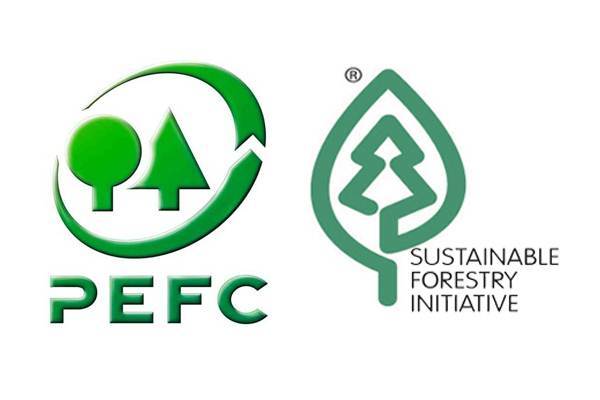With an abundance of ‘green’ labelled paper and furniture products available, we consumers have more power than ever to support a growing market for wood products that do not come at the cost of biodiversity, the regulation of our climate, or the livelihoods of forest communities.
Blogpost by Judy Rodrigues, Greenpeace International – 17-10-11

But we still need to ask ourselves what lies behind the green labels we increasingly see on products, Greenpeace has released a study, with the support of a number of other environmental NGOs, showing that two of these ‘green’ labels – forest product labels Programme for the Endorsement of Forest Certification (PEFC) and Sustainable Forestry Initiative (SFI) – are in practice not as sustainable as they claim on paper. Several case studies from around the world tell the story of forest destruction, illegalities, the breaching indigenous peoples rights and more.
PEFC is allowing its brand to be misused by the notorious forest destroyer Asia Pulp & Paper (APP) in Indonesia. APP continues to rely on converting rainforests and high carbon value peat forests into plantations, yet PEFC considers this plantation wood as ‘non controversial’. A number of these plantations are established on areas that should be legally protected under Indonesian law and many are home to the critically threatened Sumatran tiger. This wood is then mixed into PEFC paper products and sold under its ‘green’ label globally.
Further case studies of PEFC and SFI labels show that key forest habitats and endangered ecosystems are insufficiently protected in countries like the USA, Tasmania and Finland and local and indigenous communities who depend on forests are not adequately consulted nor having their rights respected in countries like in Chile, Canada and Sweden. In some cases it wasn’t even known which forest the PEFC labelled product had originated from or whether it was a sustainably managed forest.
The certification of wood products such as paper, packaging and building timber is a voluntary, market-based tool that supports responsible or ‘sustainable’ forest management. The certified forest products are tracked all the way from the forest where they are verified as being well managed, to the manufacturing process, and finally the supply chain until it reaches the retail shelves as a labelled certified product.
We should never get complacent about whether a green label is implicitly trustworthy. As consumers we need to be proactive and ask questions about the stringency and integrity of the ‘green’ label standard requirements and how the certification scheme behind the label is really helping to protect forests on the ground.
All ‘green’ label certification schemes are not created equal. For certification to be a success, it has to deliver real change in forest management on the ground. At this time PEFC and SFI labels do not do this, and consumers should be aware of this when dealing with the PEFC and SFI labelled wood products. PEFC and SFI labels will remain more ‘greenwash’ than ‘green’ until they make efforts to ensure their certification standards are being upheld on the ground.
TAKE ACTION: Say no to bad wood

